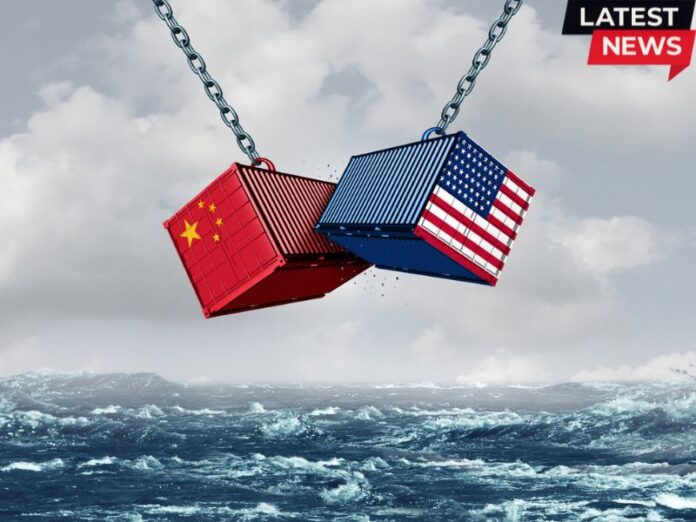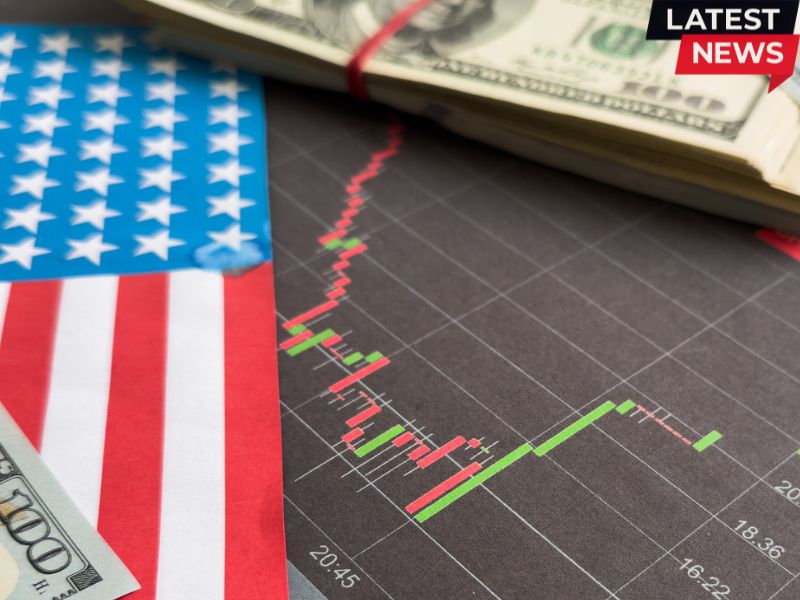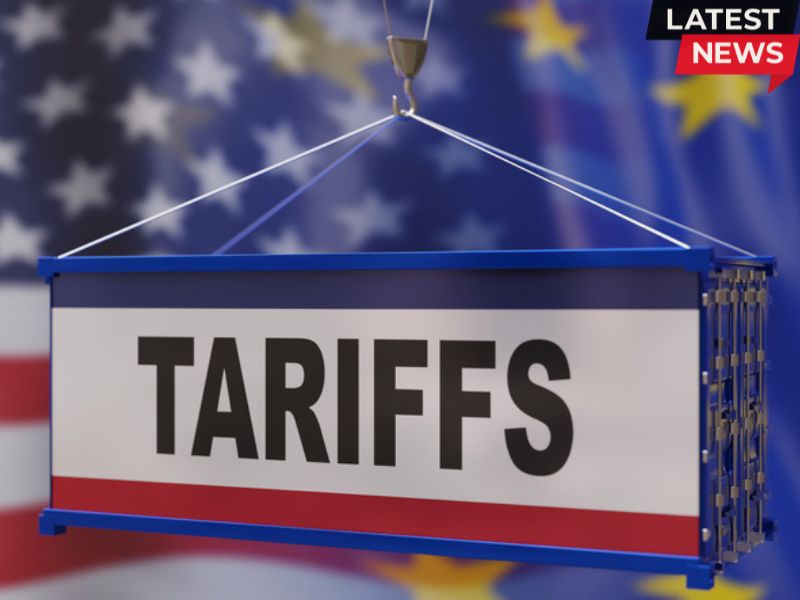
The United States will significantly reduce tariffs on low-value shipments from China, a move that marks a notable step toward easing trade tensions between the two global powers.
Under a new executive order issued late Monday, President Donald Trump approved cutting tariffs on direct-to-consumer postal shipments from China to 54 percent from a previous high of 120 percent. The change applies to goods valued at $800 or less and takes effect Wednesday. A flat fee of $100 per shipment remains, reversing a planned increase to $200.
Industry sources say the revised rates offer partial relief for Chinese e-commerce giants like Shein and Temu, which have grown rapidly by shipping low-cost goods directly to American consumers. The change follows a broader 90-day agreement between Washington and Beijing to pause retaliatory tariffs that had threatened to escalate into a full-scale trade war.
For commercial carriers such as UPS, FedEx, and DHL, the tariff rate on similar packages will drop to 30 percent from 145 percent. Experts told Reuters that the reduced rate accounts for a new 10 percent baseline tariff, combined with a 20 percent levy tied to ongoing U.S. efforts to combat fentanyl imports.
Despite the tariff cuts, major hurdles remain. Packages delivered through commercial channels still face a range of legacy duties, especially on sensitive goods like medical supplies, which are subject to penalties as high as 100 percent.
While the U.S. Postal Service does not currently collect tariffs on incoming packages, commercial delivery firms generally charge senders in China at the time of shipment. Most orders from Shein and Temu are routed through these companies, sources confirmed.
The White House and the Office of the U.S. Trade Representative have not yet commented on the latest changes. However, Trade Representative Jamieson Greer told CNBC that the 10 percent global tariff rate is expected to remain in place to help strengthen domestic manufacturing.
According to data from U.S. Customs and Border Protection, the average de minimis shipment in 2023 was worth just $54. The duty-free rule, dating back to 1938, has come under bipartisan criticism for enabling the flow of untaxed goods — and in some cases, illicit substances — into the country, with more than 90 percent of such shipments arriving from China.
China exported around $240 billion in goods through the de minimis system globally last year, contributing about 1.3 percent to its GDP, according to Nomura. Shein, which is reportedly eyeing a London IPO, could be hit hardest due to its business model’s reliance on rapid air shipments to Western consumers.
Jianlong Hu, CEO of Brands Factory, a consultancy focused on cross-border e-commerce, said sellers may pause to assess the changes. “A 54 percent tariff is still steep. The boom years of cheap, fast shipping from China to the U.S. are probably behind us,” he said.
The yuan surged to a six-month high following the broader trade agreement, reflecting investor optimism. Still, many analysts believe the U.S. may continue tightening rules around de minimis to close what lawmakers have labeled a major loophole.
With global trade rules under pressure, the future of direct-to-consumer commerce may look very different than the past decade’s rapid expansion.
Related Readings:



#U.S.China #Tariff #Cut